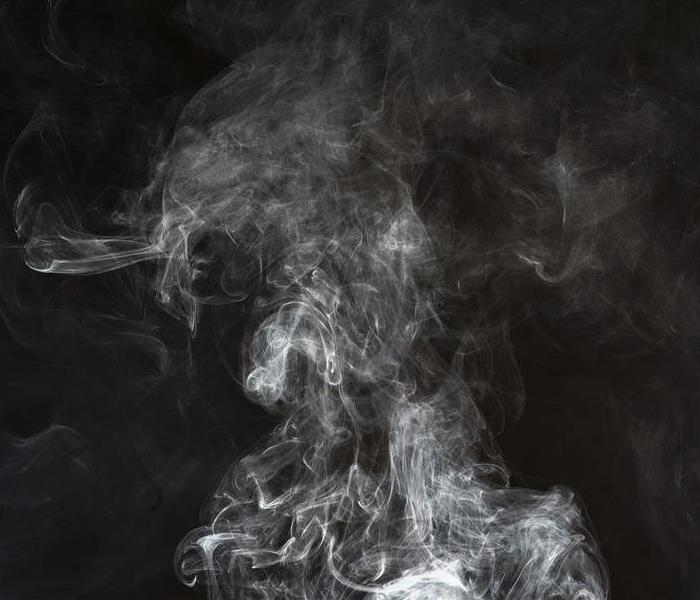Information About Smoke and Soot
4/6/2020 (Permalink)
 SERVPRO of Citrus Heights/Roseville and Carmichael tests soot residue to determine which type of smoke they’re dealing with.
SERVPRO of Citrus Heights/Roseville and Carmichael tests soot residue to determine which type of smoke they’re dealing with.
Smoke and soot are capable of causing unnoticeable damage to your home.
They both seep and spread into the hidden spaces within your home’s structure. They also cause an odor that’s similar to the smell of asphalt.
Our experience and knowledge of smoke damage allow us to properly inspect your home, determine the degree of the damage, and develop an effective solution.
What you need to know about smoke and soot:
- The gaps in the structure of a building that allows pipes to reach multiple floors provide a penetrable pathway for smoke to travel along.
- When smoke is hot it not only rises to the uppermost areas of a structure but also travels to the cooler areas.
- There are various types of smoke and the restoration process varies depending on what type is present.
Types of smoke:
To figure out which type of smoke is the cause of particular damage, SERVPRO of Citrus Heights/Roseville and Carmichael tests soot residue to determine which type of smoke they’re dealing with.
- When you burn materials such as paper or wood, it’s considered dry smoke.
Dry smoke rises because these materials burn very hot and very quickly.
- Burning materials like plastic or rubber create wet smoke.
Materials like these burn slowly at low temperatures, creating a strong odor and leaving behind a thick residue. Wet smoke also creates smoke webs. A smoke web is a sticky residue that forms after plastic-like material is burned. When you clean up smoke webs they often smear a lot, making it more challenging to clean than dry smoke residue.
- Another type of smoke is protein fire residue which occurs when certain materials evaporate.
This type of smoke is more or less invisible but forms an extremely strong odor. It causes damage to paint and varnishes, altering their color.




 24/7 Emergency Service
24/7 Emergency Service